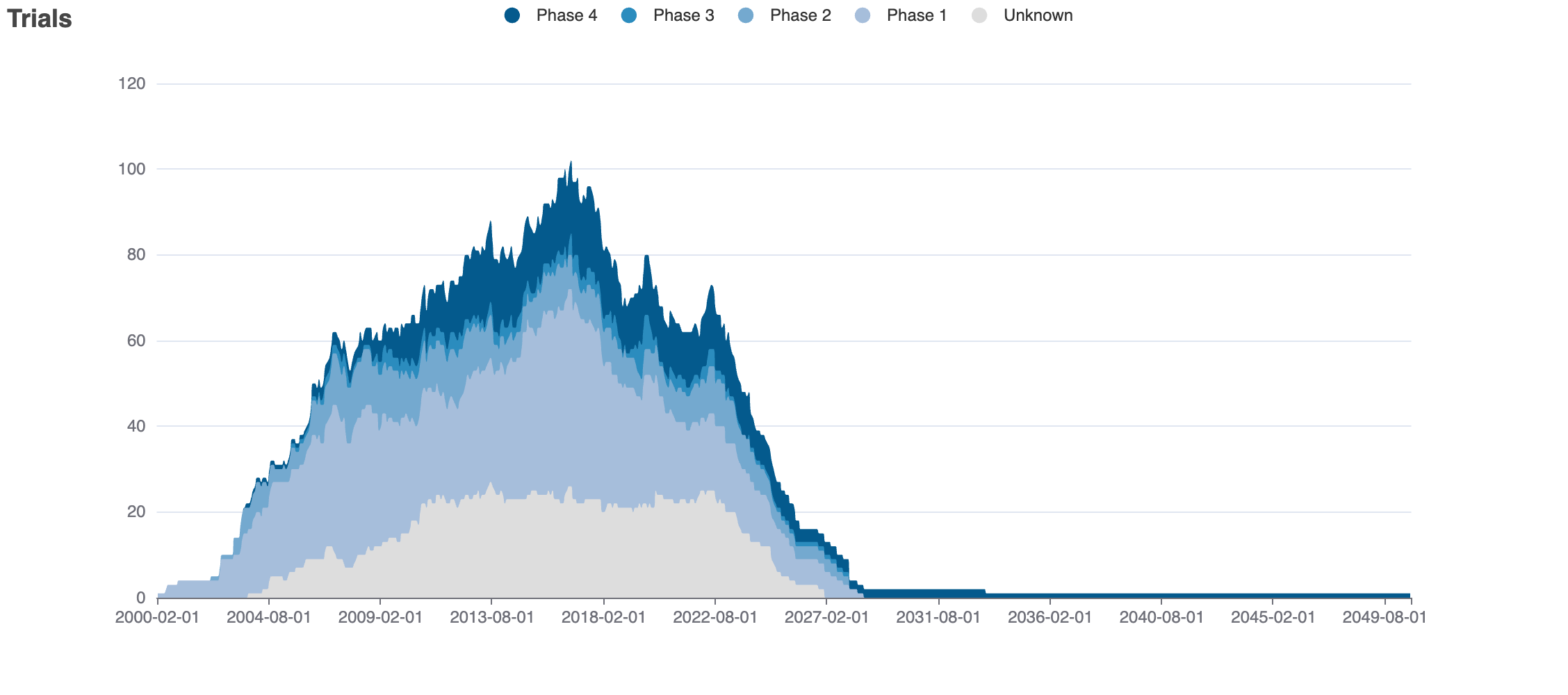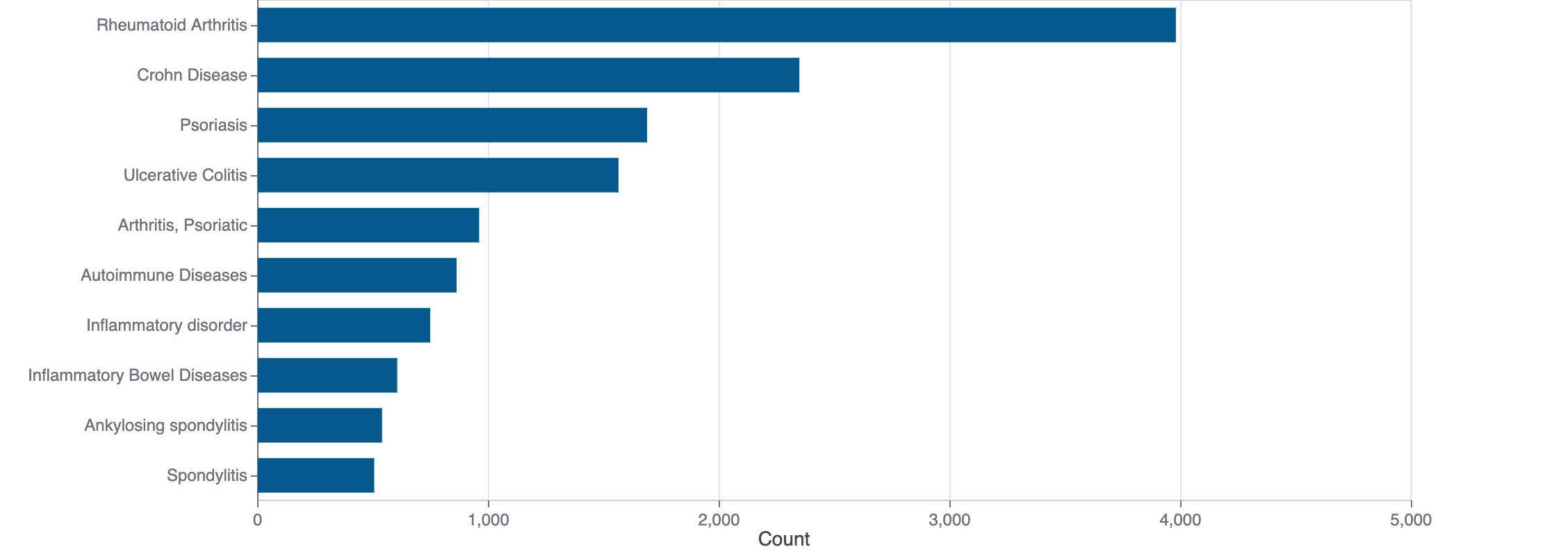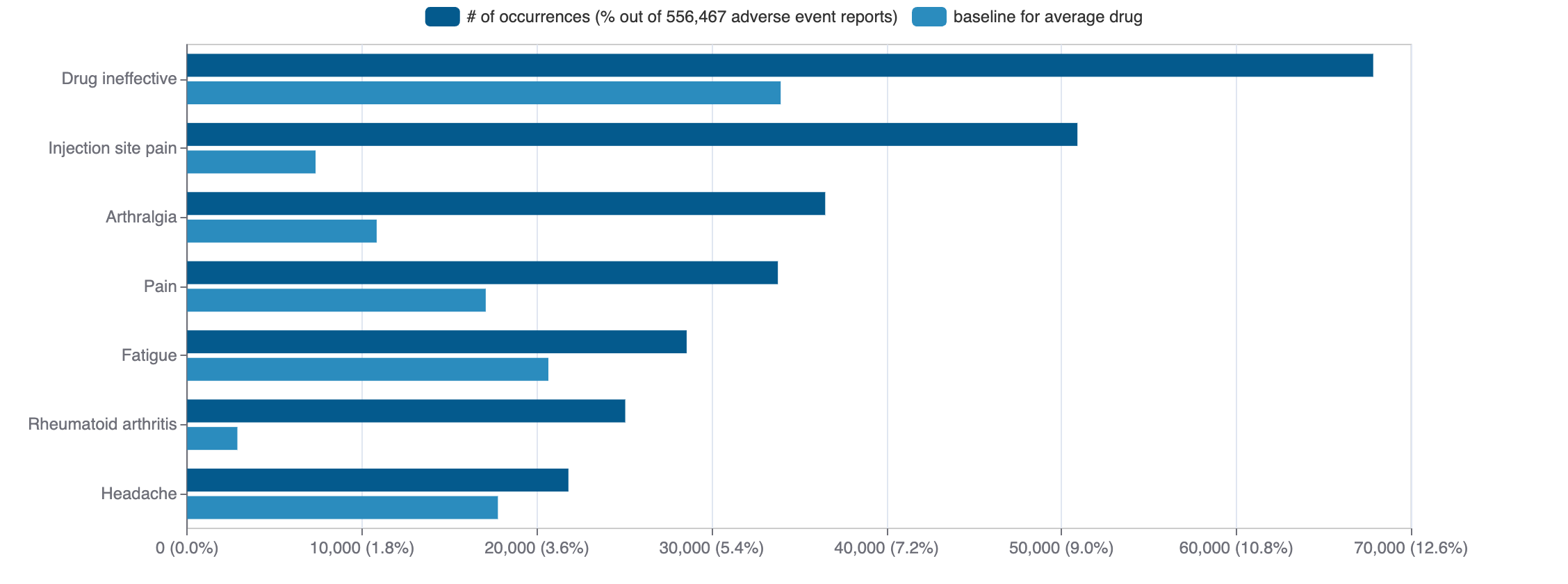Amorolfine
Amorolfine is a small molecule pharmaceutical. It is currently being investigated in clinical studies.
Download report
Favorite
Events Timeline
Commercial
Clinical
Drug
Target
Variants
Financial
Trends
Safety
Events Timeline
5D
1M
3M
6M
YTD
1Y
2Y
5Y
Max
Events
FDA approval date
EMA approval date
Patent expiration date
Study first post date
Last update post date
Start date
Primary completion date
Completion date
Results first post date

Mock data
Subscribe for the real data
Subscribe for the real data
Commercial
Therapeutic Areas
No data
Trade Name
FDA
EMA
No data
Drug Products
FDA
EMA
New Drug Application (NDA)
New Drug Application (NDA)
Abbreviated New Drug Application (ANDA)
Abbreviated New Drug Application (ANDA)
No data
Labels
FDA
EMA
Brand Name | Status | Last Update |
|---|---|---|
| amorophen hydrochloride liniment | C200263 | 2024-10-31 |
Indications
FDA
EMA
No data
Agency Specific
FDA
EMA
No data
Patent Expiration
No data
HCPCS
No data
Clinical
Clinical Trials
18 clinical trials
View more details

Mock data
Subscribe for the real data
Subscribe for the real data
Indications Phases 4
Indication | MeSH | Ontology | ICD-10 | Ph 1 | Ph 2 | Ph 3 | Ph 4 | Other | Total |
|---|---|---|---|---|---|---|---|---|---|
| Skin diseases | D012871 | — | L00-L99 | — | — | — | 3 | — | 3 |
| Foot dermatoses | D005533 | — | — | — | — | — | 3 | — | 3 |
| Onychomycosis | D014009 | — | B35.1 | — | — | — | 2 | — | 2 |
Indications Phases 3
No data
Indications Phases 2
No data
Indications Phases 1
No data
Indications Without Phase
No data
Epidemiology
Epidemiological information for investigational and approved indications
View more details
Drug
General
| Drug common name | Amorolfine |
| INN | amorolfine |
| Description | Amorolfine is a member of the class of morpholines that is cis-2,6-dimethylmorpholine in which the hydrogen attached to the nitrogen is replaced by a racemic 2-methyl-3-[p-(2-methylbutan-2-yl)phenyl]propyl group. An inhibitor of the action of squalene monooxygenase, Delta(14) reductase and D7-D8 isomerase and an antifungal agent, it is used (generally as its hydrochloride salt) for the topical treatment of fungal nail and skin infections. It has a role as an EC 1.14.13.132 (squalene monooxygenase) inhibitor, an EC 5.3.3.5 (cholestenol Delta-isomerase) inhibitor and an EC 1.3.1.70 (Delta(14)-sterol reductase) inhibitor. It is a tertiary amino compound and a morpholine antifungal drug. It is a conjugate acid of an amorolfine(1+). |
| Classification | Small molecule |
| Drug class | — |
| Image (chem structure or protein) |  |
| Structure (InChI/SMILES or Protein Sequence) | CCC(C)(C)c1ccc(CC(C)CN2C[C@H](C)O[C@H](C)C2)cc1 |
Identifiers
| PDB | — |
| CAS-ID | 78613-35-1 |
| RxCUI | — |
| ChEMBL ID | CHEMBL489411 |
| ChEBI ID | 599440 |
| PubChem CID | 54260 |
| DrugBank | — |
| UNII ID | AB0BHP2FH0 (ChemIDplus, GSRS) |
Target
No data
Variants
No data
Financial
No data
Trends
PubMed Central
Top Terms for Disease or Syndrome:

Mock data
Subscribe for the real data
Subscribe for the real data
Additional graphs summarizing 680 documents
View more details
Safety
Black-box Warning
No Black-box warning
Adverse Events
Top Adverse Reactions

Mock data
Subscribe for the real data
Subscribe for the real data
32 adverse events reported
View more details
© 2020-2025 Collaborative Drug Discovery Inc. (CDD) | Terms of Use